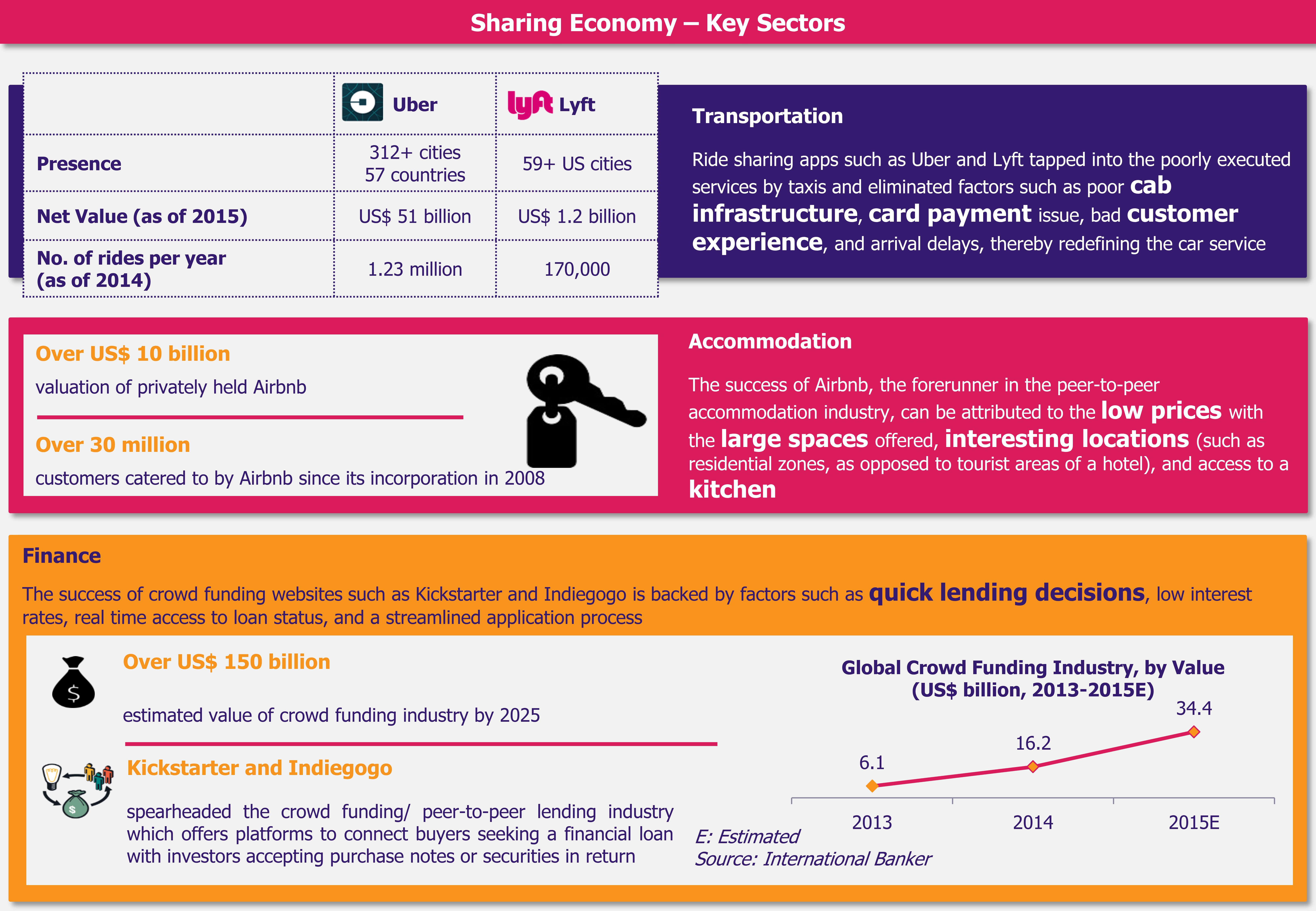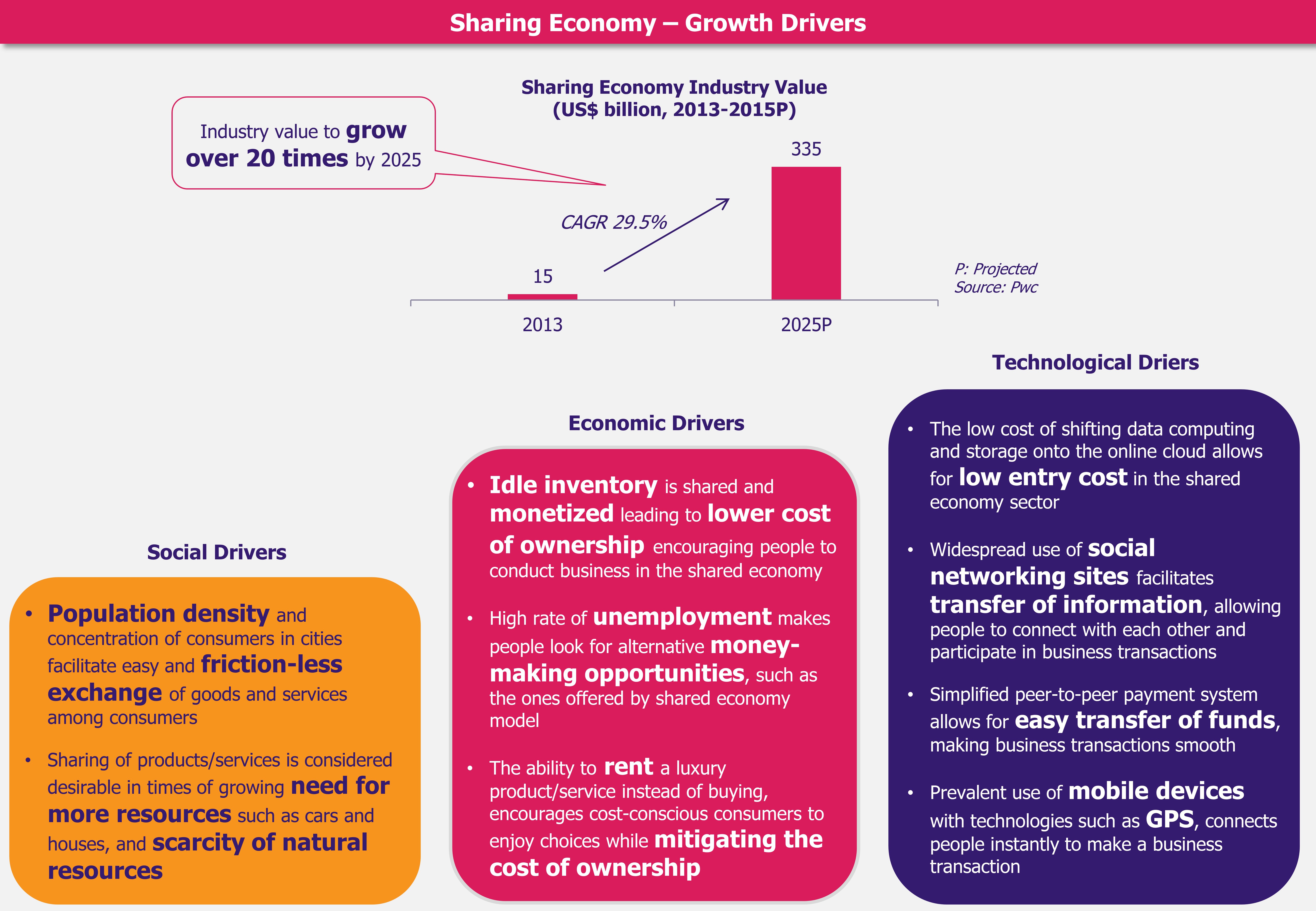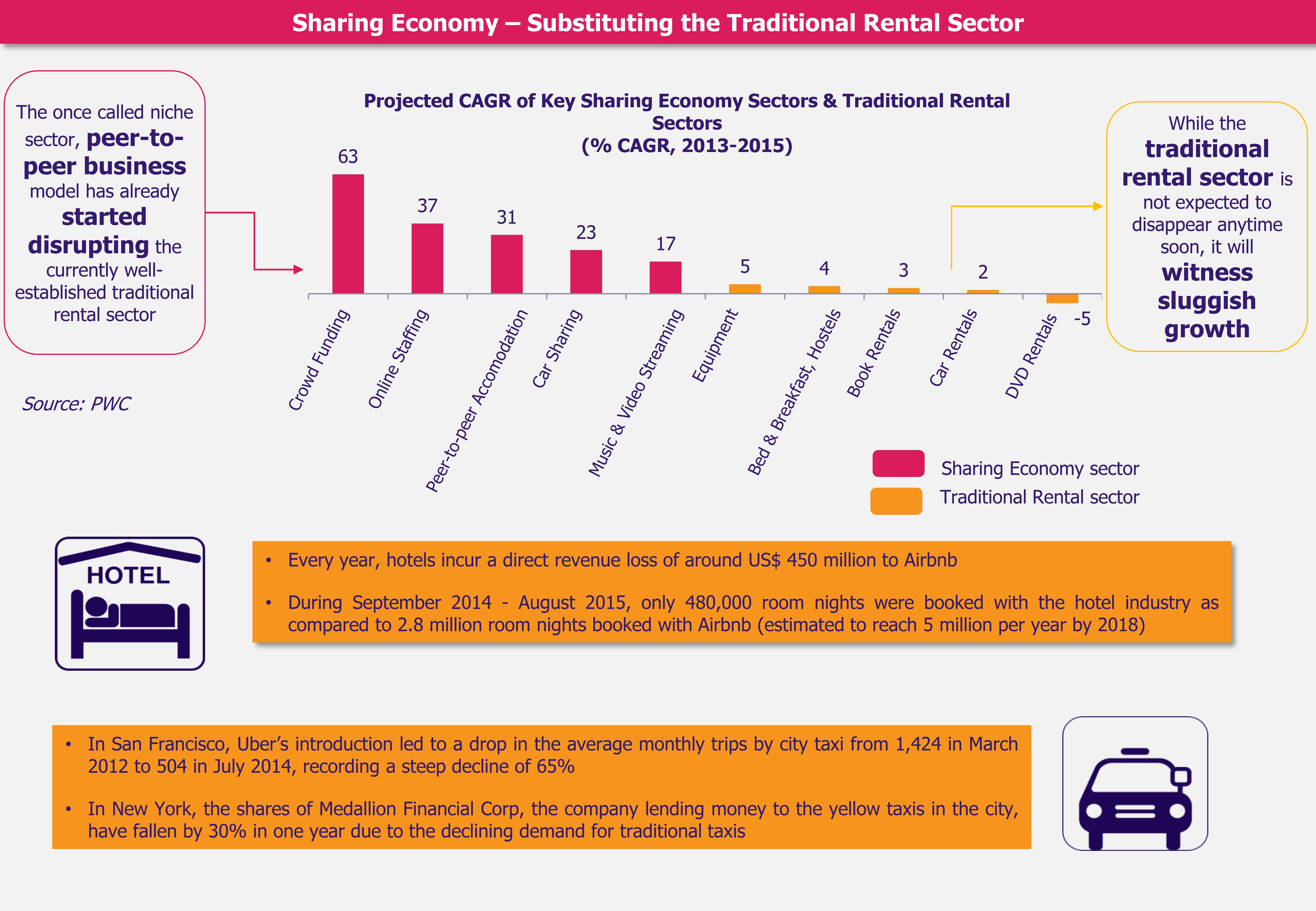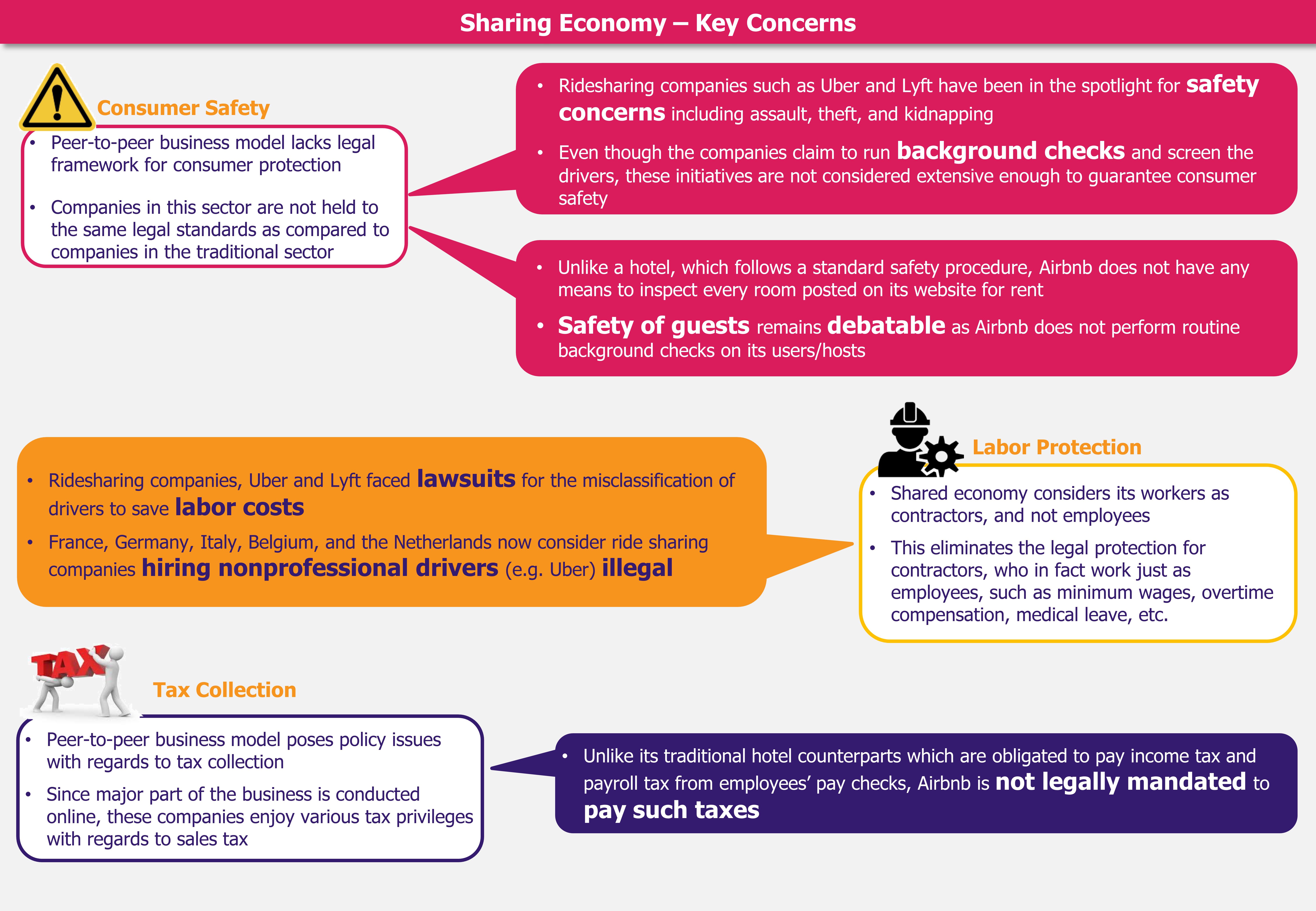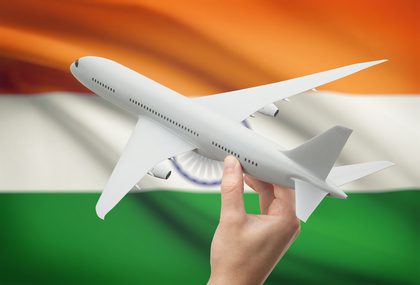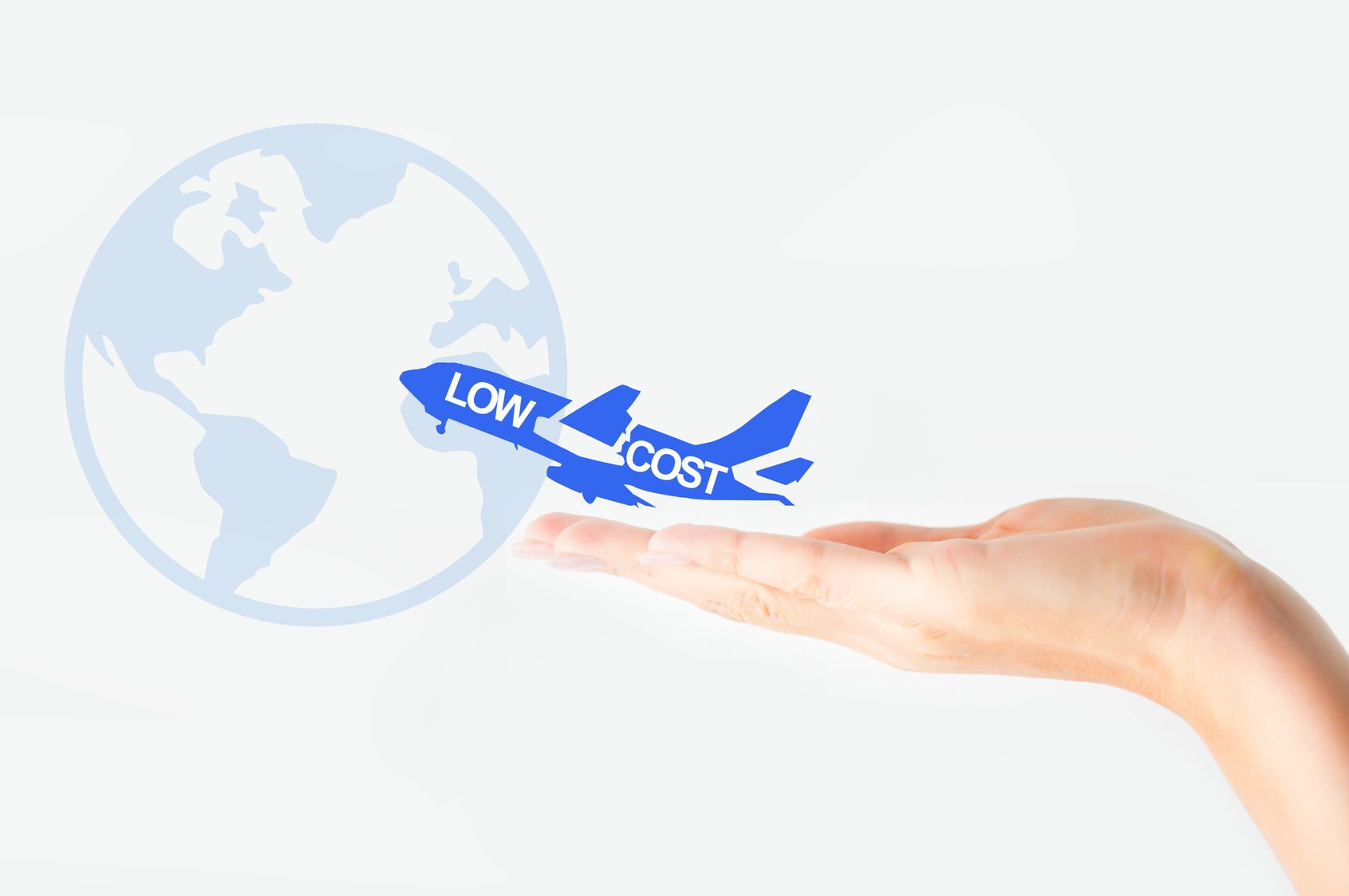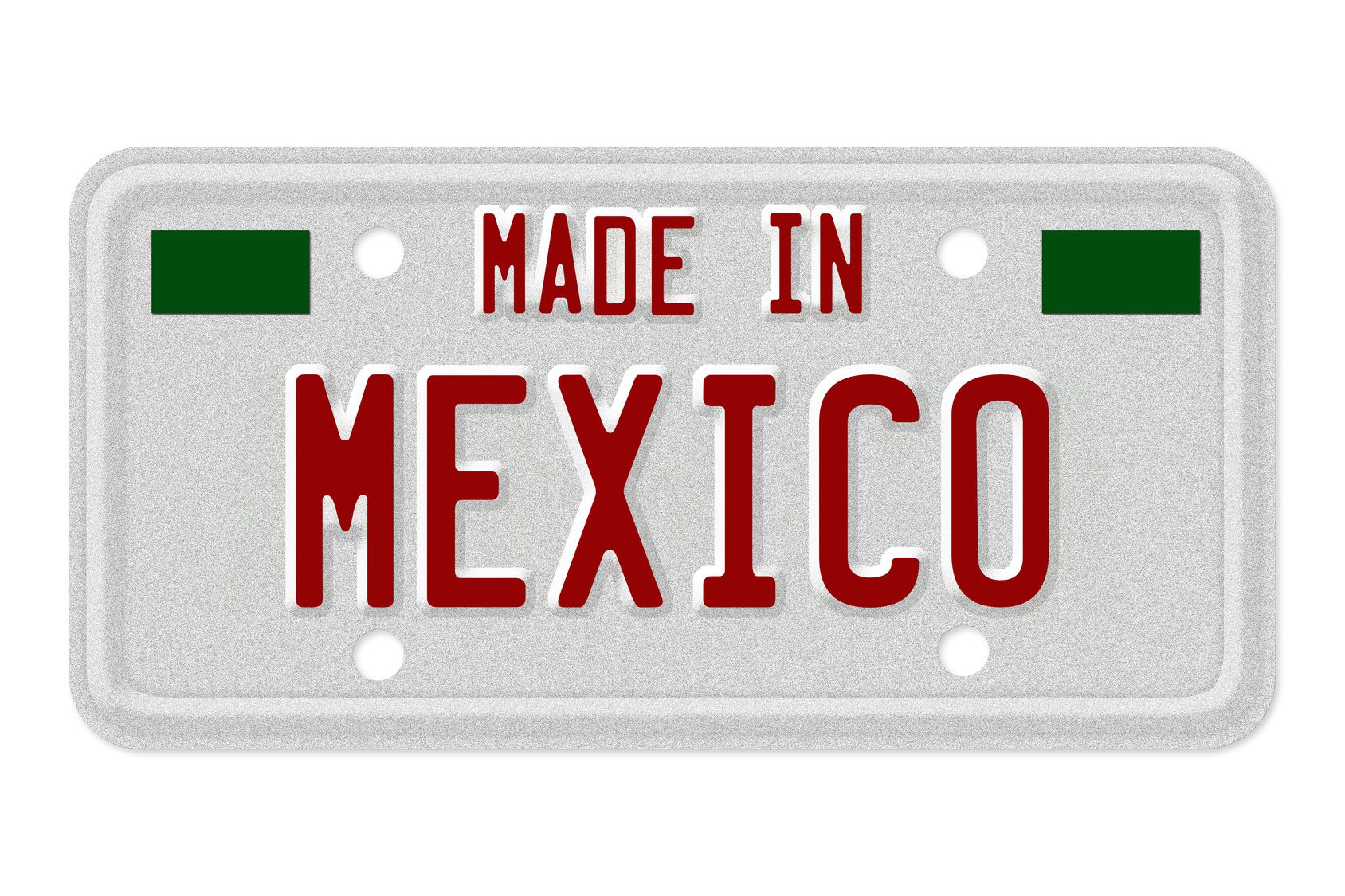Food trucks, a new trend in food service combining gourmet cuisine and low cost establishment, have been increasingly rolling around the world. The concept originated in the USA, where feeding consumers from trucks has been gaining popularity with the market CAGR expected at 17% between 2012 and 2017. Around 2012, this business model reached Mexico and Brazil, appearing as an attractive option for entrepreneurs to invest in the eatery business. But no matter how promising this niche may appear, inadequate regulations, lack of licenses, and poor infrastructure represent major roadblocks for the mobile cuisine business to pick up in these geographies. Do food trucks stand a chance to become the new wheels to the Mexican and Brazilian gastronomy industries?
In 1974, an ice cream truck was converted into the first taco truck in east Los Angeles in the USA, and by 2010, food trucks became a prospering industry spreading across almost all major cities in the country, as well as in other large cities globally. But it is Mexico and Brazil which seem to be promising markets with an increasing amount of investors venturing into cuisine on wheels as a prosperous and flourishing business.


Mexico, where over five million people ate on the street every day in 2014, has witnessed a remarkable growth of the food truck sector, boosted mainly by the country’s increasing unemployment rate and economic slowdown. A similar situation has been happening in Brazil, where since 2014, a deepening crisis has hit the country’s economy allowing food truck businesses to become increasingly successful. In both these countries, an increased demand for cheap food has been driving the growth of food truck businesses, which are proliferating due to the low initial investment required to start such an endeavor.

Despite the fact that food trucks businesses seem to be profitable and low risk, their growth is challenged by deficient regulatory frameworks, poor street infrastructure, and inadequate scope of licenses to operate. Both in Mexico and Brazil, food trucks can only circulate and sell their food in a private circle, i.e. specialized fairs, events, concerts, food parks, pre-assigned parking lots, and in some cases, business owners have to pay high fees just to park in these events.

EOS Perspective
Food trucks markets in Mexico and Brazil show an immense potential due to a growing appetite for low-priced food options from the expanding price-sensitive consumer segment. This demand, paired with low investment required to enter the food truck business, makes the food truck concept an attractive option for investors and entrepreneurs looking for profitability in food service businesses.
However, the issues of inadequate regulation and lack of government encouragement for the industry in both markets continue to hamper the industry growth. An introduction of appropriate legislation would likely push the sector up on its growth trajectory. For instance, if regulations allowed food trucks to circulate anywhere in Mexico, it is estimated that the business could triple its earnings up to US$19,000 a month. Further, if dedicated laws were developed to regulate food trucks operations, business owners would be likely to pay a set fee to obtain permits and licenses to function, instead of paying varied high fees to work in a private space (which currently makes it more expensive and less transparent to operate such a business). In Brazil, some prefecture authorities have sanctioned regulations allowing food truck owners to operate in already assigned slots, however, not allowing food trucks to circulate on the city streets. Many of these assigned spaces are usually occupied by private cars, since they are not properly marked, making it difficult for food trucks owners to reach new customers, which in turns hinders the industry growth.
There is no doubt that authorities in both countries need to update and implement proper regulations and permits designed specifically for food trucks sector, as only regulation that clearly establishes operating fees and free circulation for food trucks is likely to translate into a growing market. Further, only by setting proper regulations specific to the food truck sector, local authorities would be able to guarantee consumers all sold food is safe for human consumption. Moreover, government investment in street infrastructure (e.g. electricity, running water) is required to attract new entrants, who are likely to be lured to business concept due to the low initial investment, also boosting market growth. Considering the economic situation in both countries, it is clear that the authorities should be motivated to look for any possible avenue of revenue and employment growth, taking advantage of consumers’ demand for good quality low-priced food.






